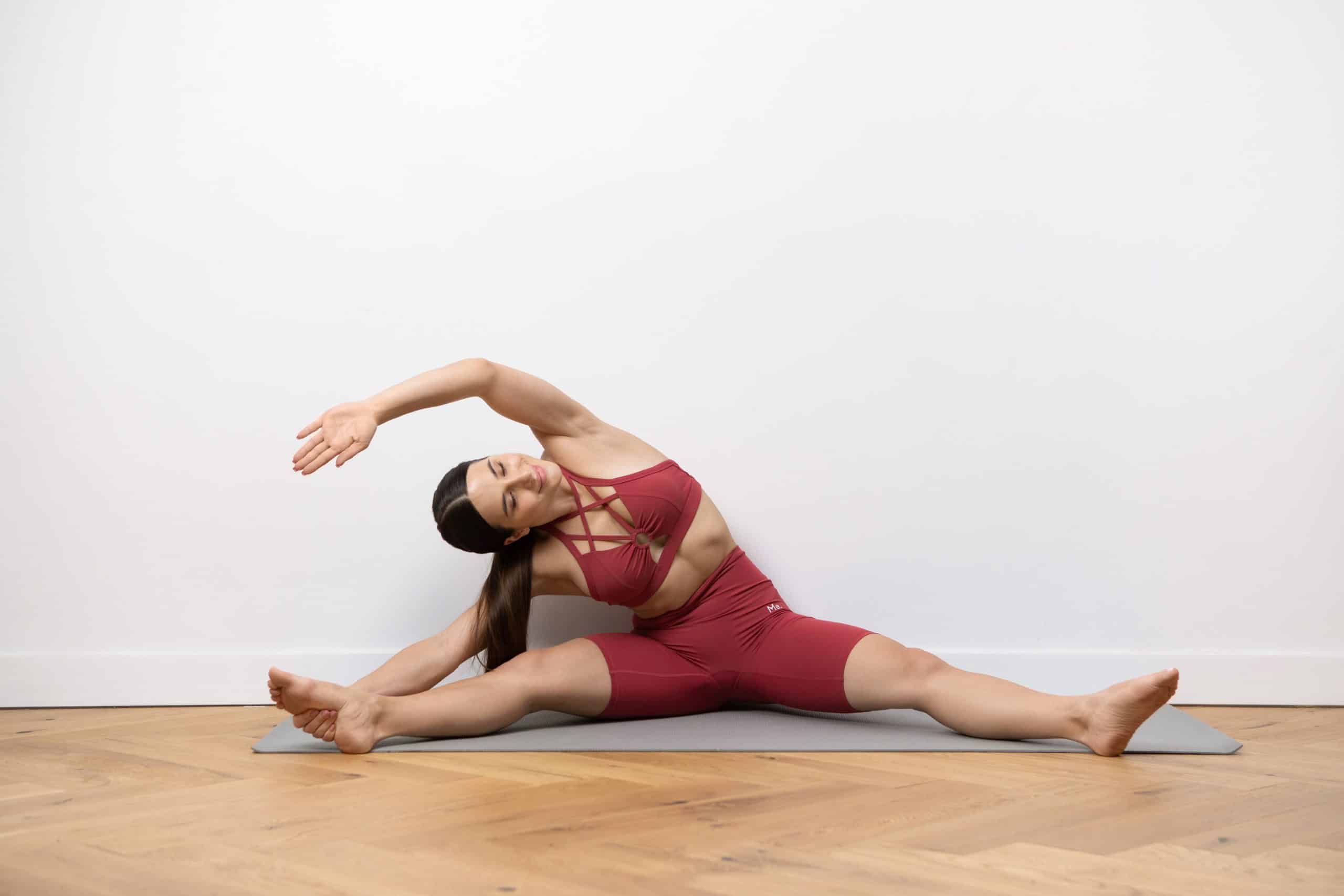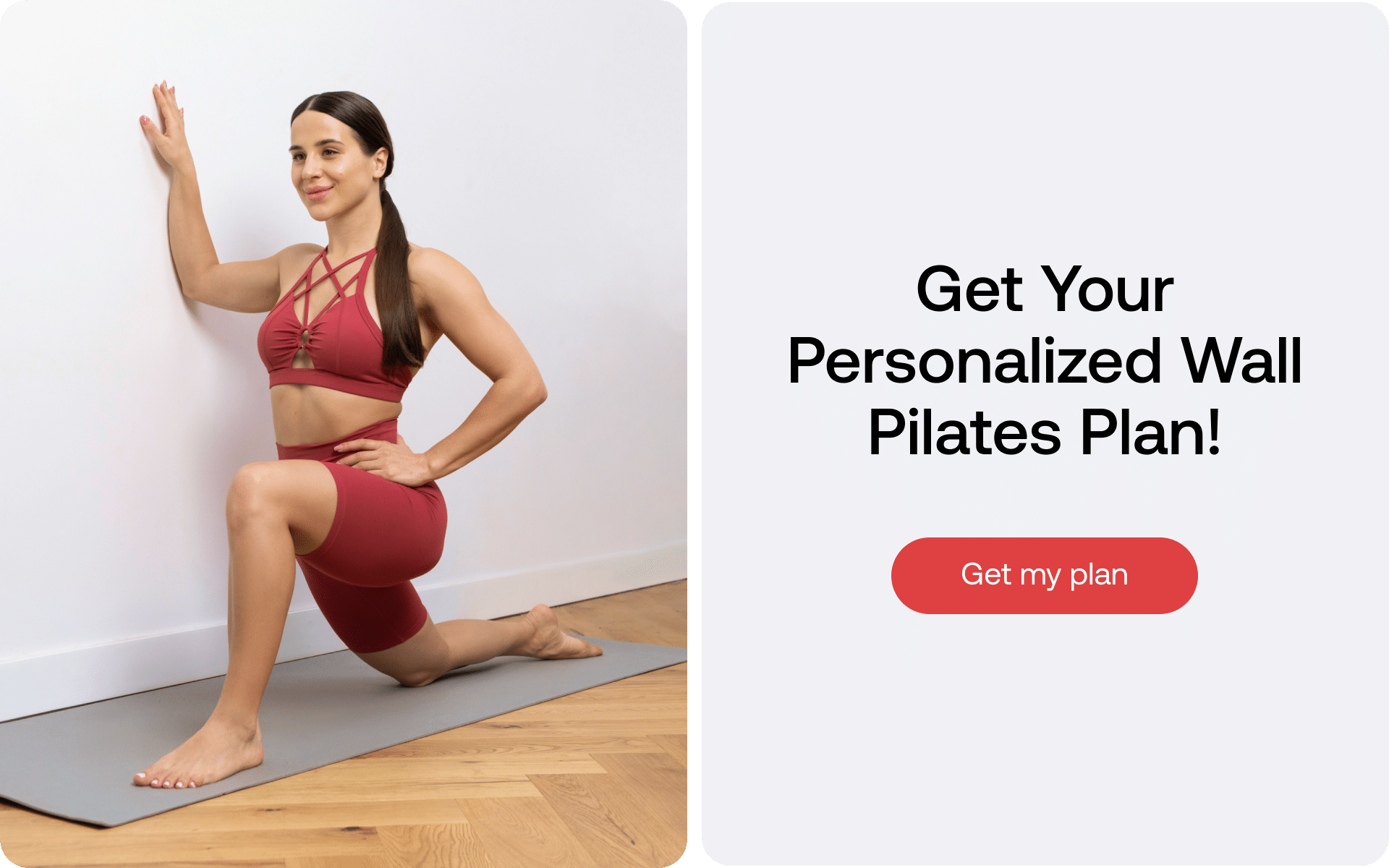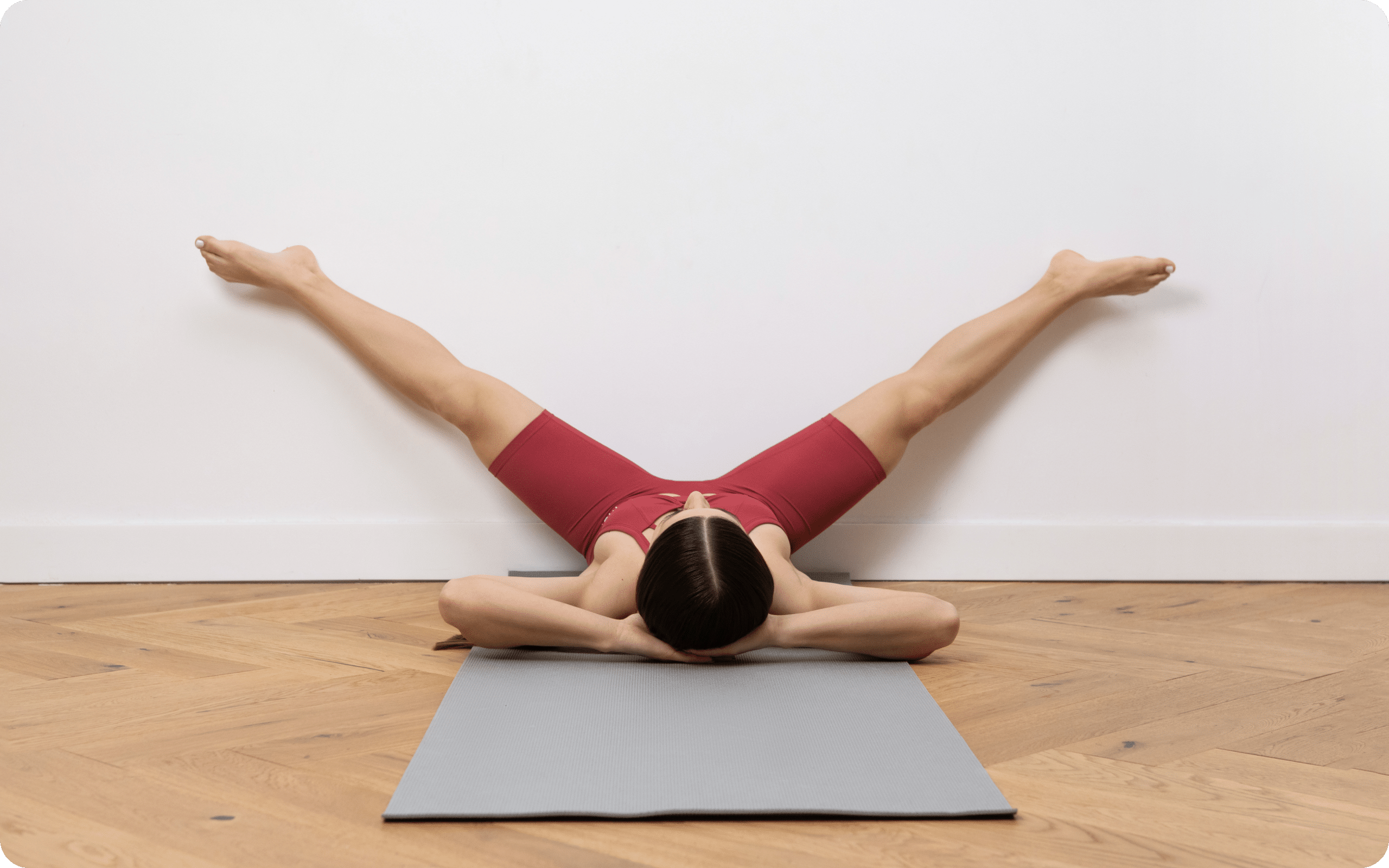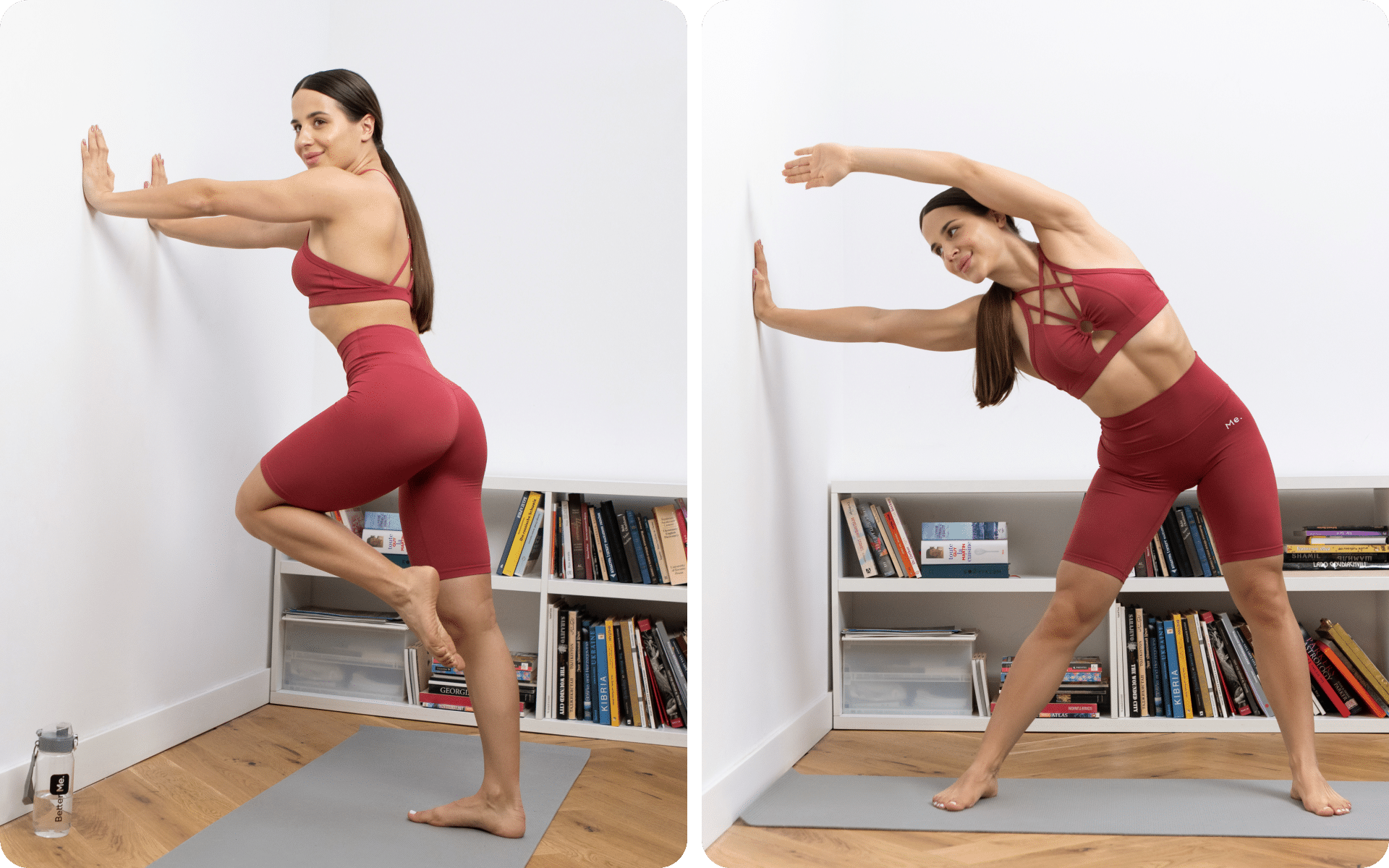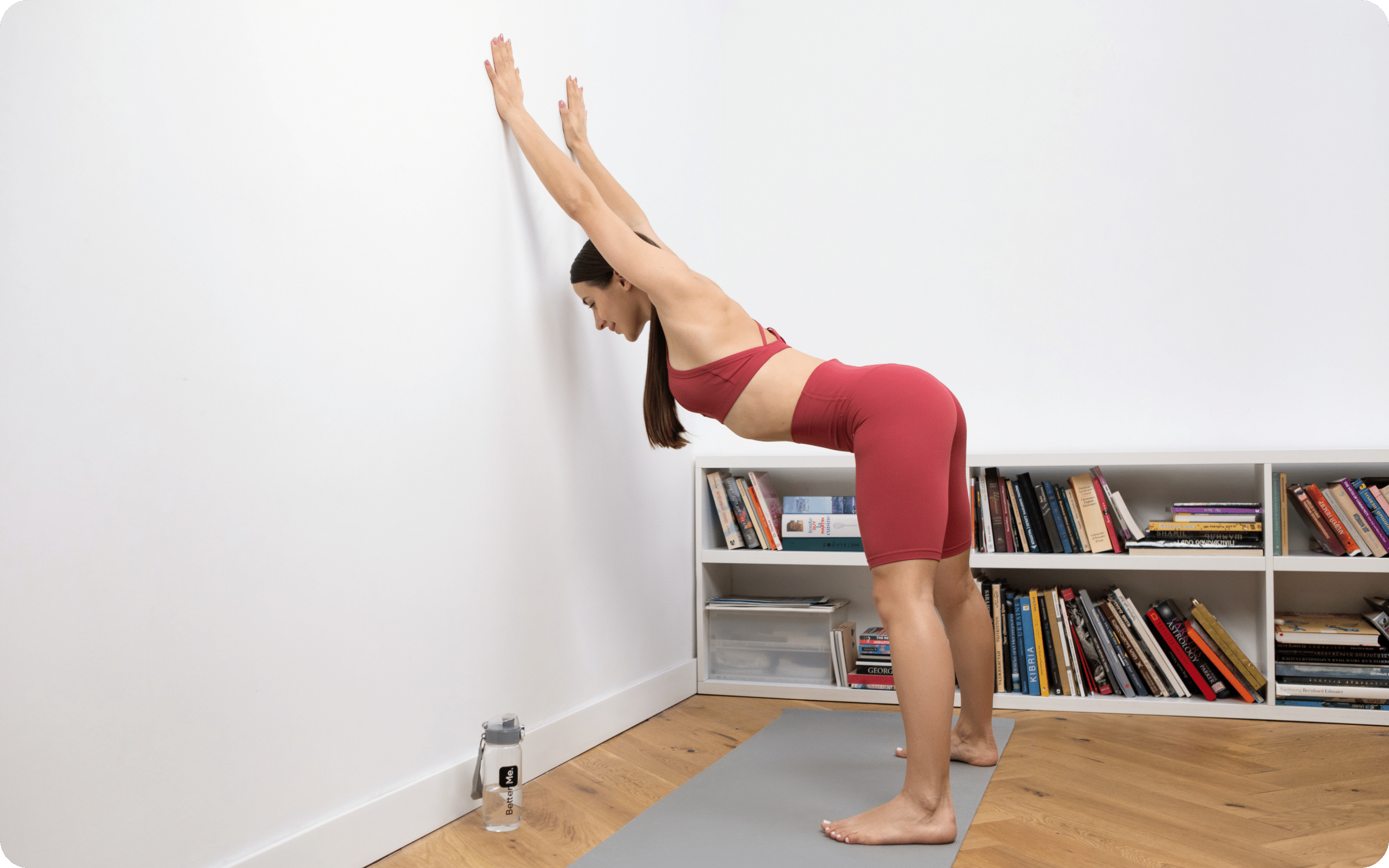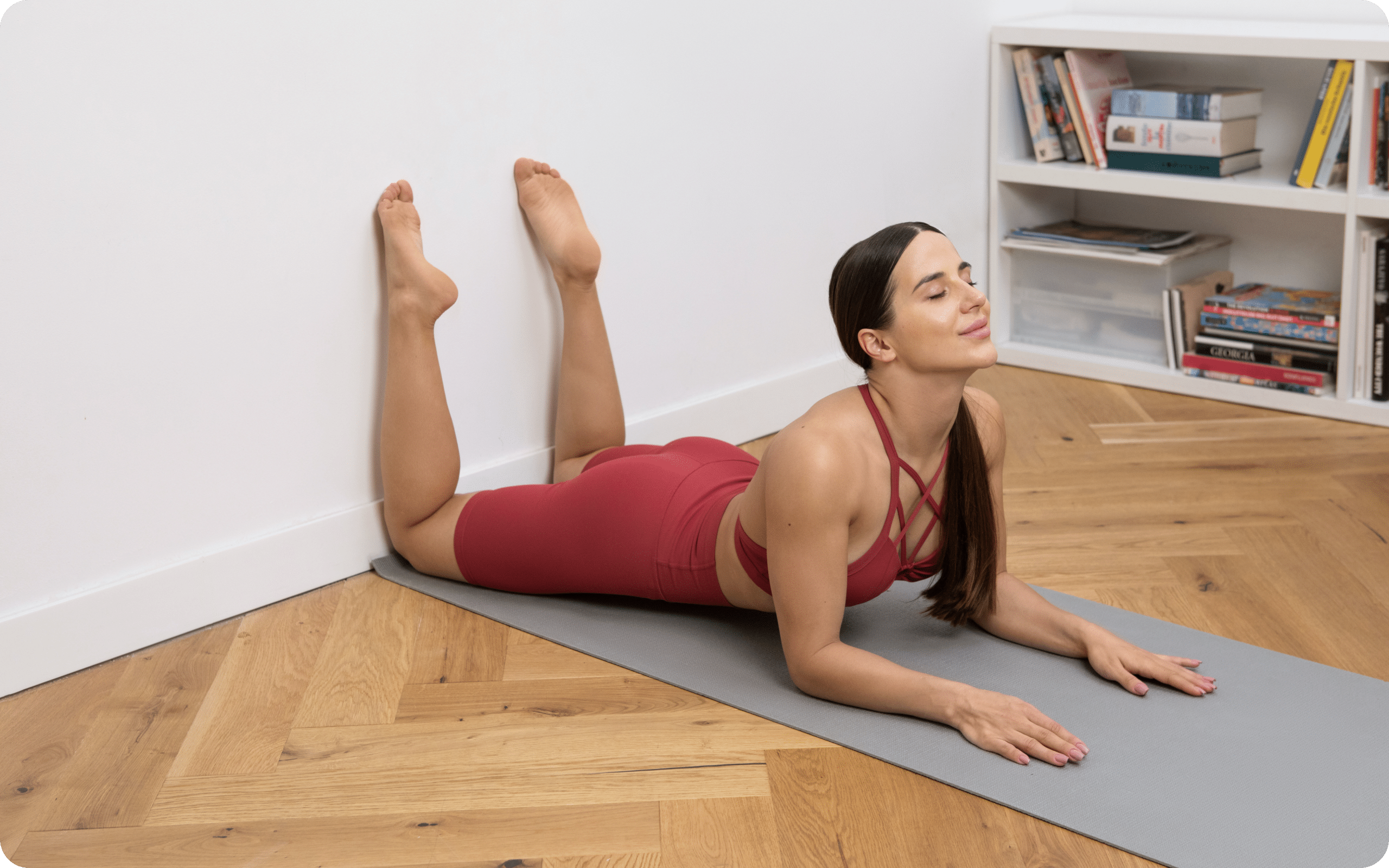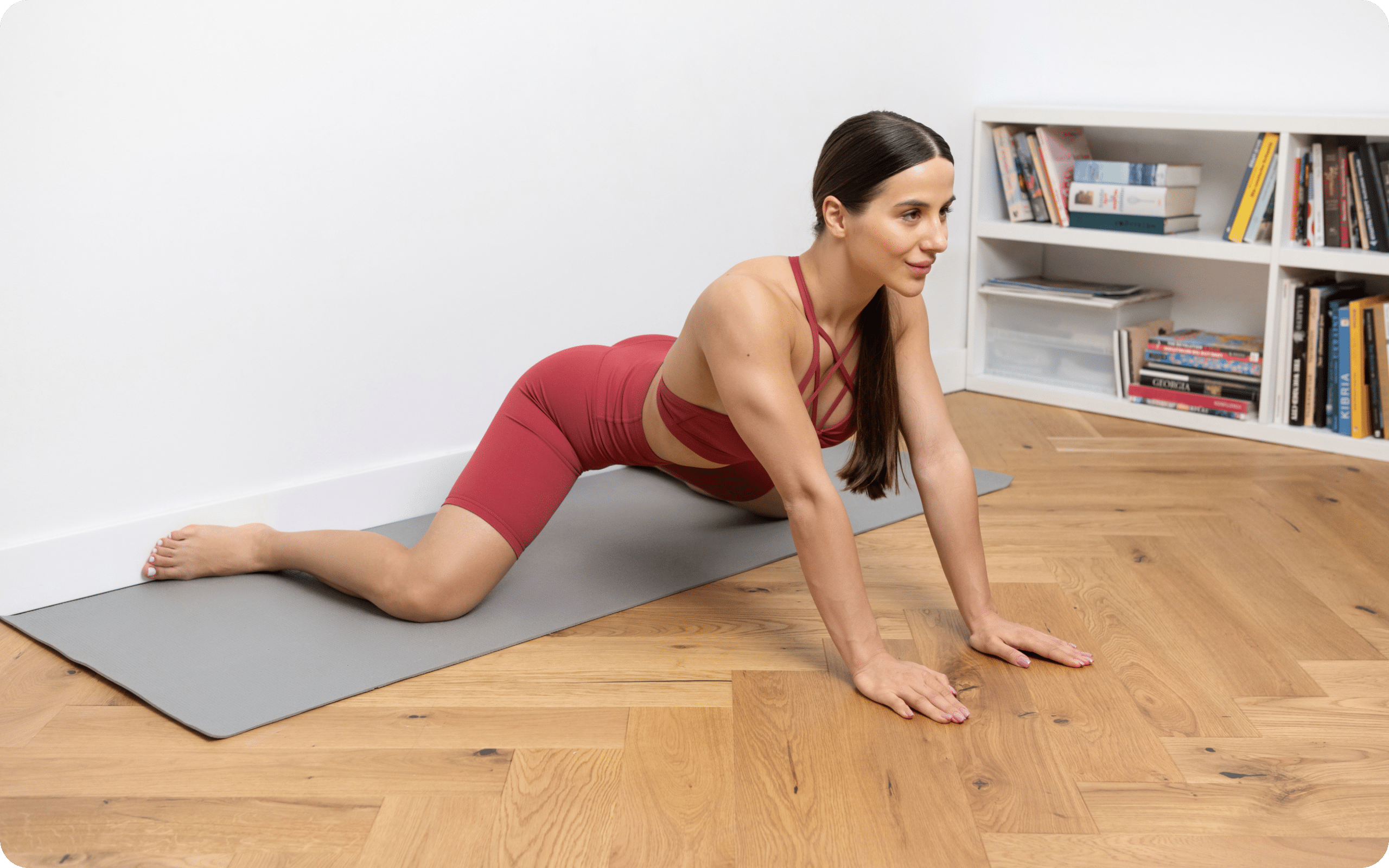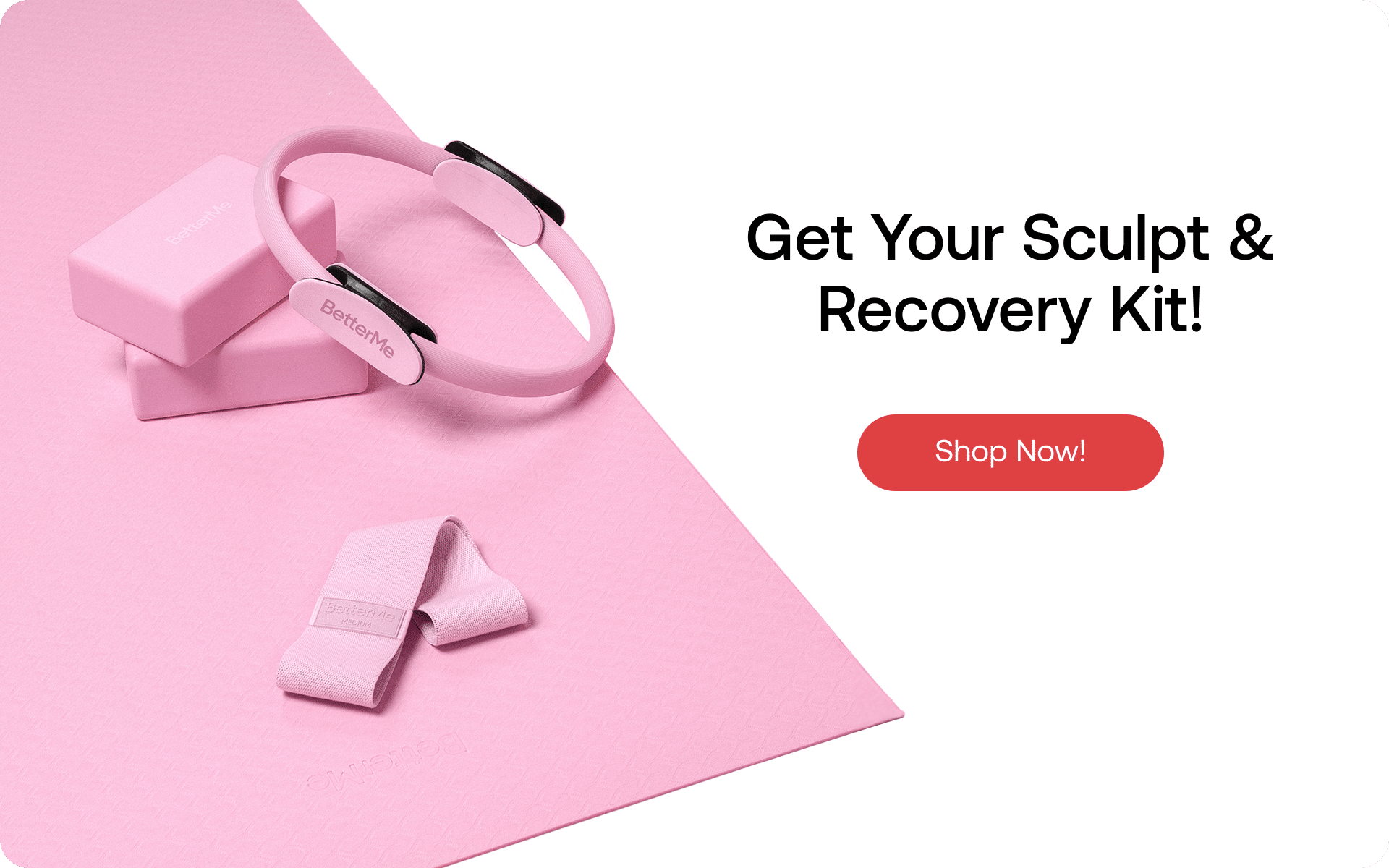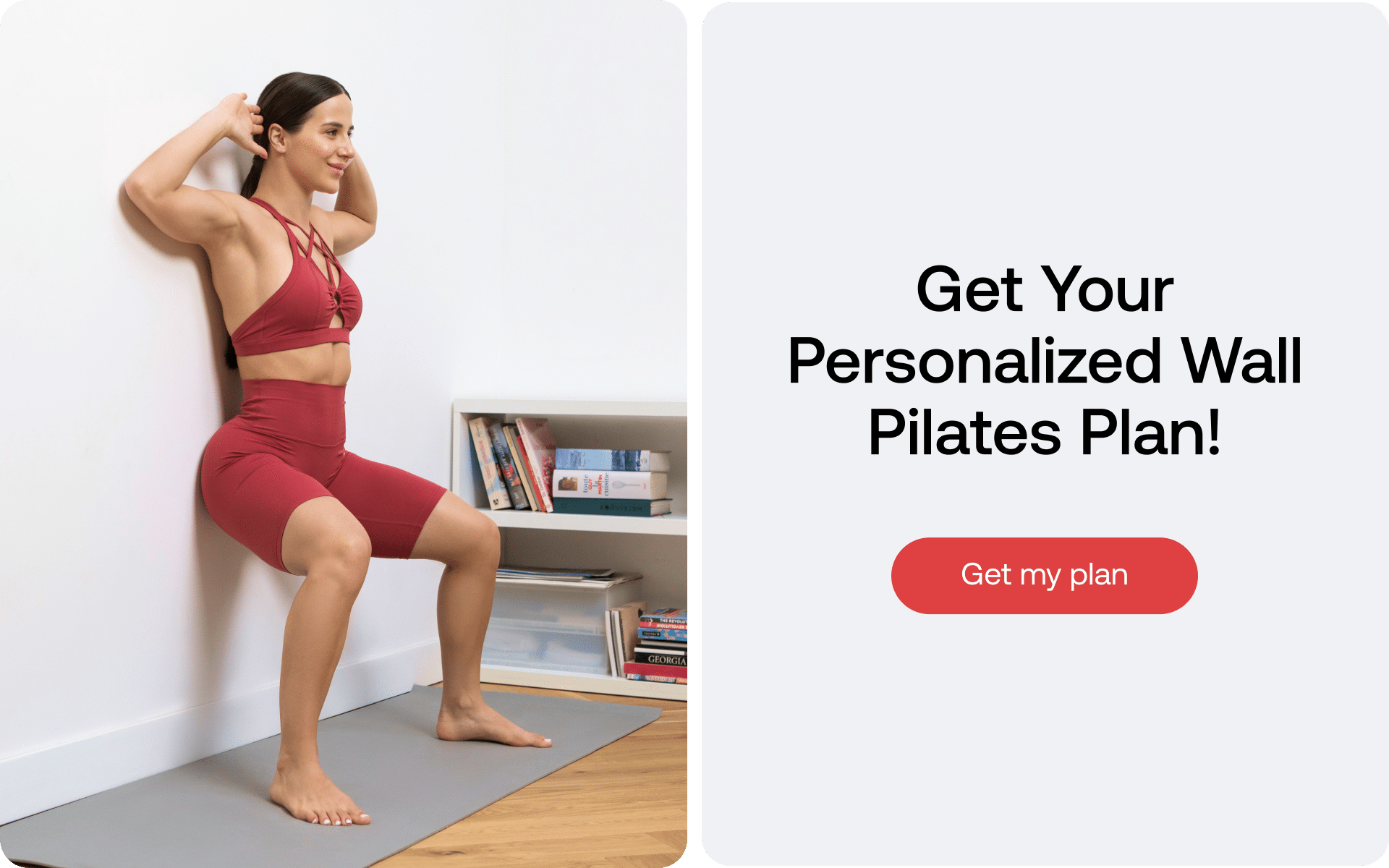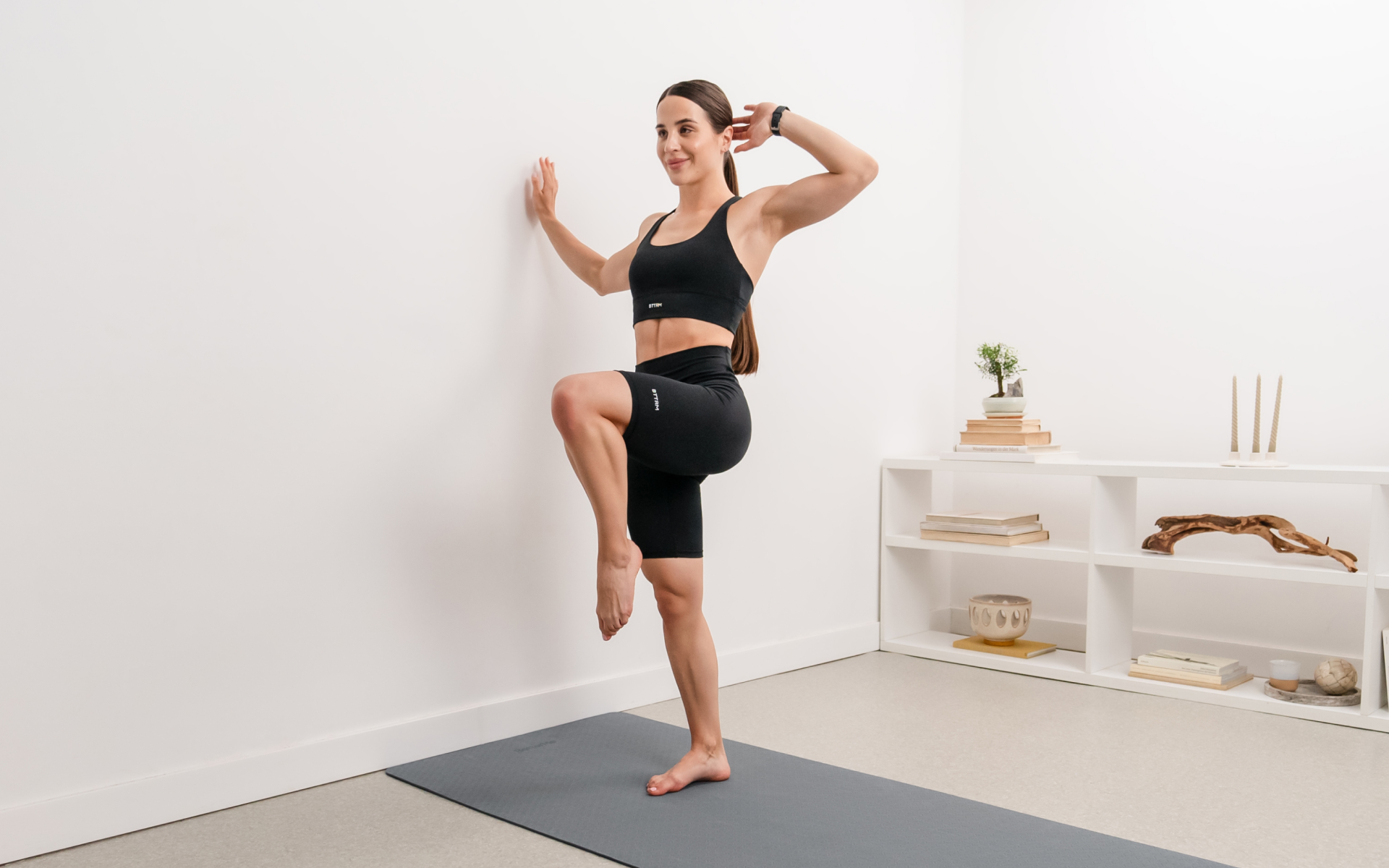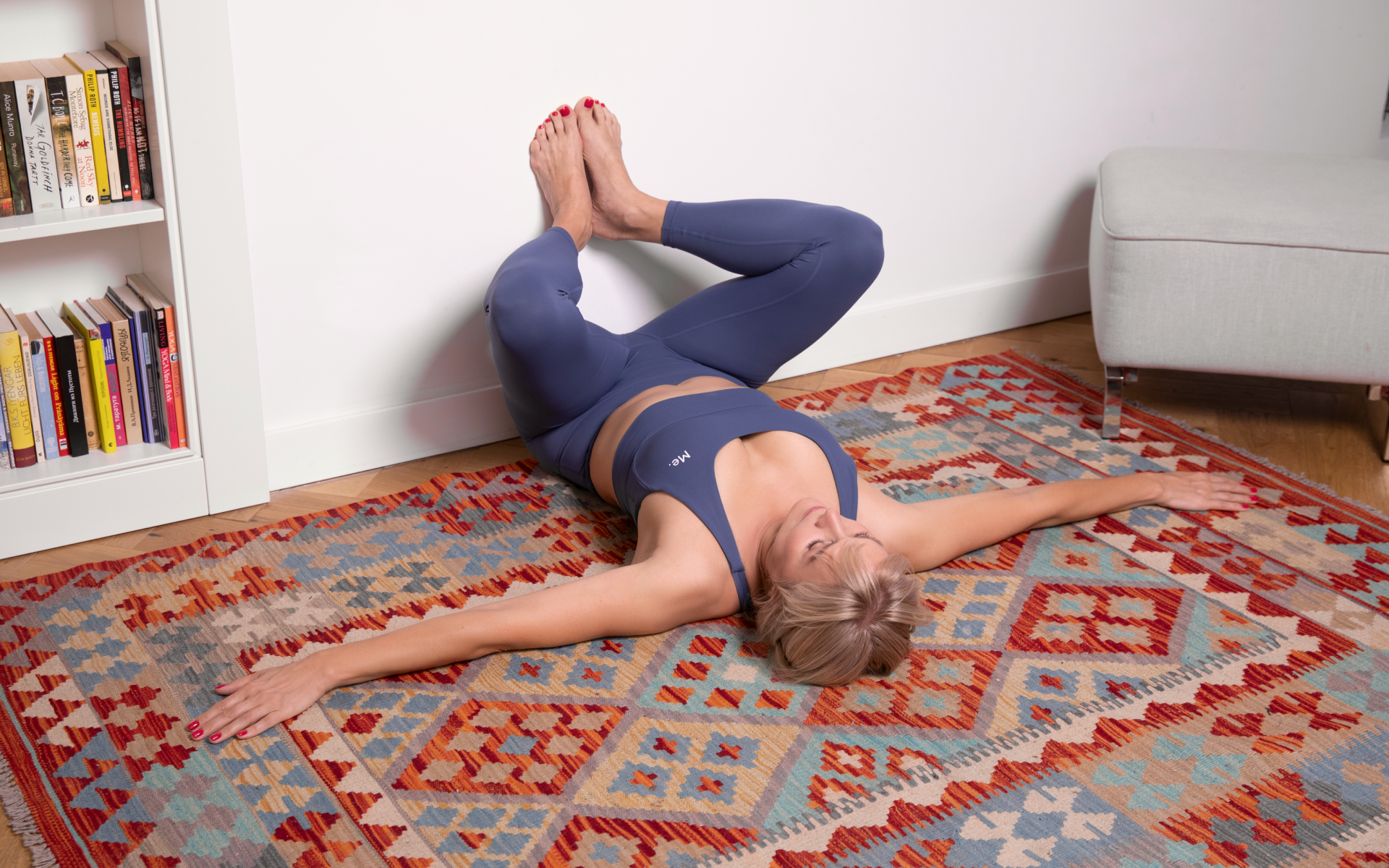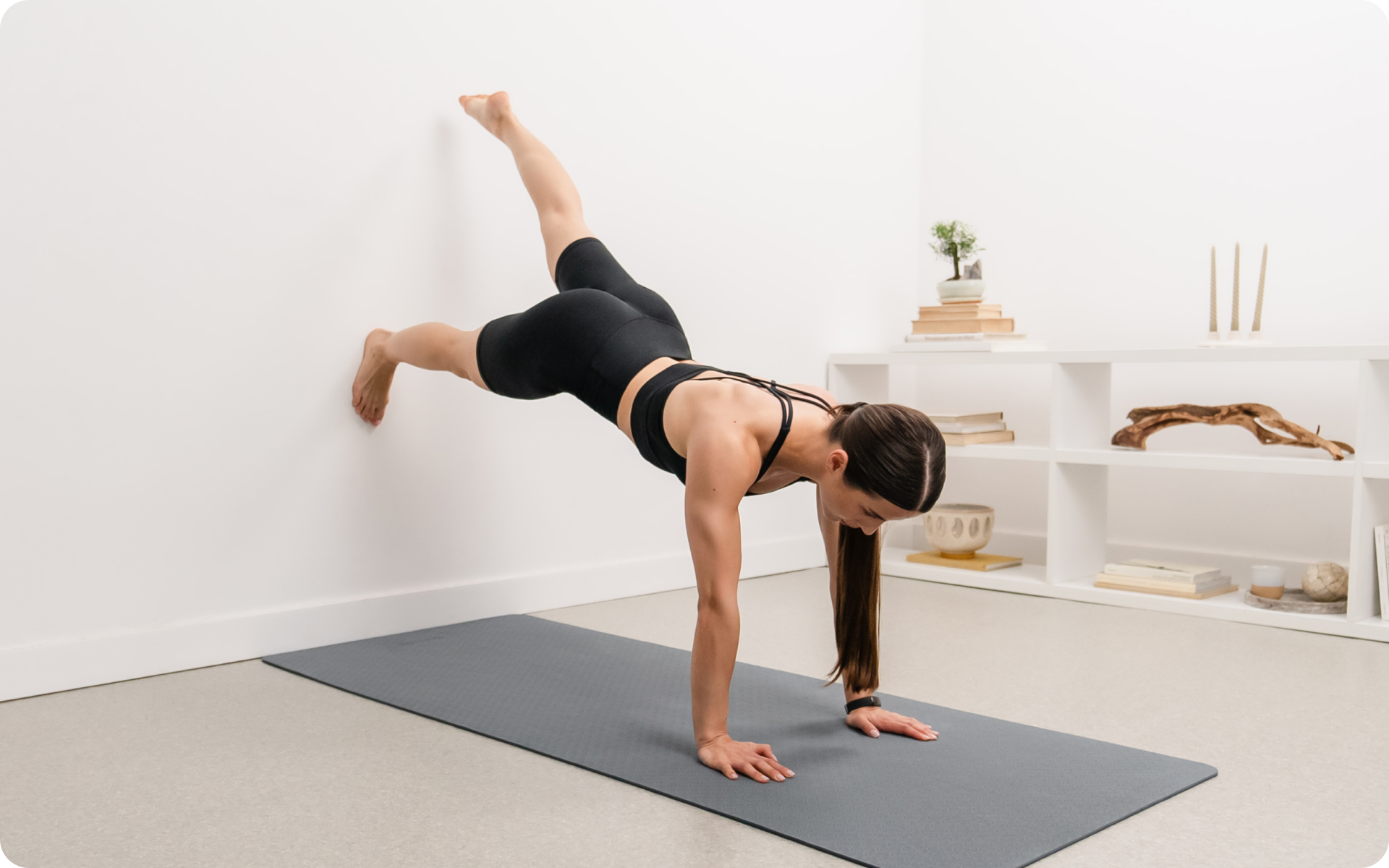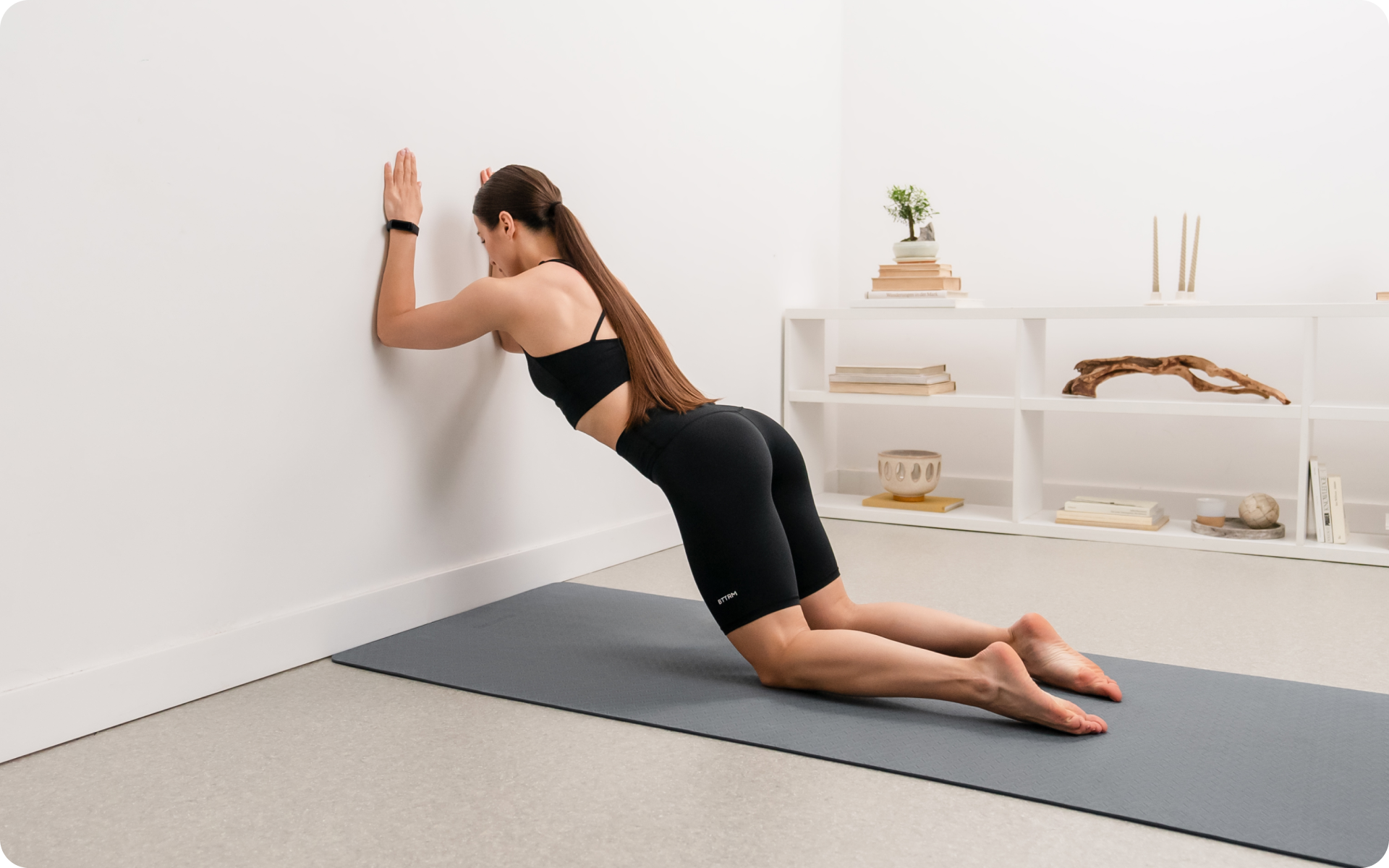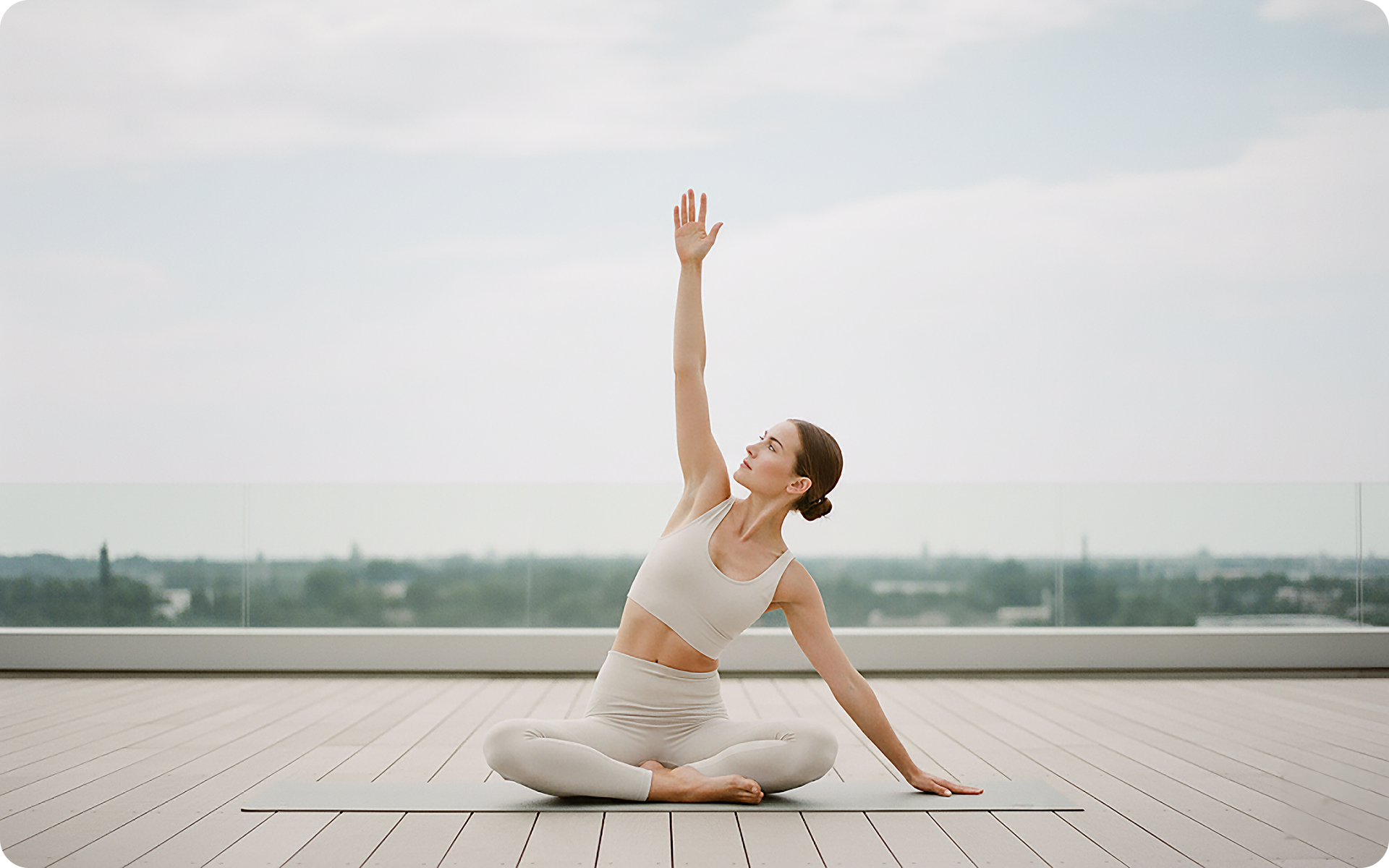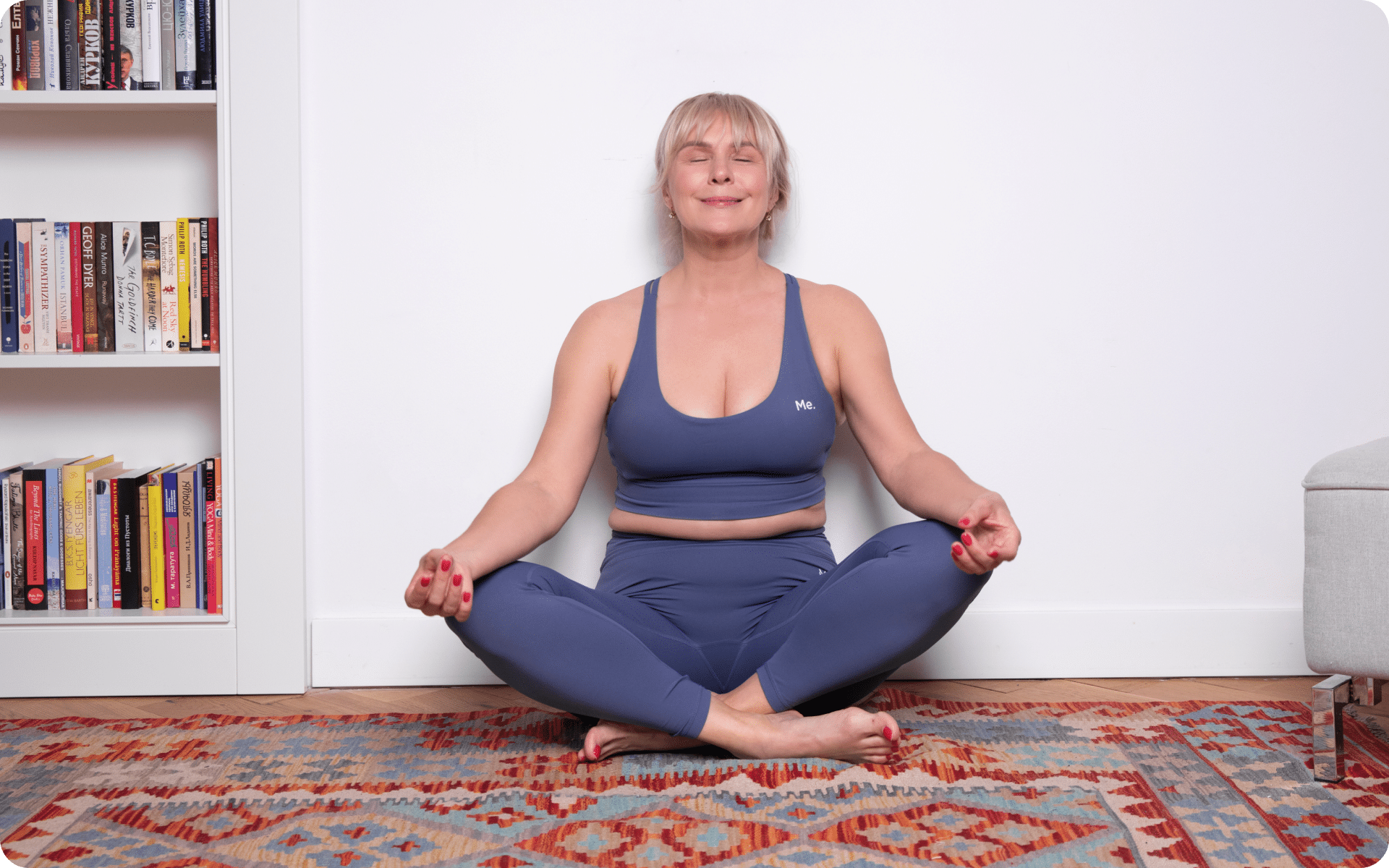A lack of flexibility and mobility can have a significant impact on your overall health and quality of life. Wall stretches can help you optimize your flexibility and mobility, we’ve created a comprehensive guide focusing on wall stretches – an often-overlooked yet highly effective technique that can revolutionize your daily routine. This expert guide will not only discuss the numerous benefits of proper stretching but also provide step-by-step instructions to master these exercises.
What Are Wall Stretches?
Wall stretches are a unique set of exercises that utilize a wall as a prop to support and enhance various stretching positions. By incorporating the wall into your stretching routine, you can target specific muscle groups more effectively and achieve a deeper stretch.
Here are some key characteristics that distinguish wall stretches from other types of flexibility exercises:
- Stability: The wall provides a stable surface that helps maintain proper alignment and posture during the stretches.
- Control: Wall stretches allow for control over the intensity of the stretch, enabling you to gradually increase the depth of the stretch according to your comfort level.
- Isolation: The use of the wall enables you to isolate and target specific muscle groups more effectively, ensuring a well-rounded and balanced stretching routine.
- Accessibility: Wall stretches are suitable for individuals of all fitness levels, making them an excellent option for beginners and experienced exercisers alike.
- Variety: There is a wide range of wall stretches available, targeting various muscle groups and catering to different flexibility needs, ensuring a diverse and engaging stretching routine.
Read More: Sit, Stretch, And Soothe: Chair Yoga Sequence For A Relaxed Mind And Body
What Are Wall Stretches Good For?
Wall stretches are beneficial for various aspects of physical health and well-being. By incorporating them into your fitness routine, you can experience the following benefits:
1. Improved Flexibility
Wall stretches can help lengthen and loosen tight muscles, which can further help improve your overall flexibility and range of motion (3).
2. Enhanced Mobility
By targeting specific muscle groups, wall stretches can help improve joint mobility and relieve muscle tightness, allowing for smoother and more efficient movement during daily activities and exercise (3).
3. Better Posture
Are wall stretches good for posture? Yes, wall stretches, in conjunction with appropriate strength training, can help correct muscle imbalances and support optimal alignment, leading to improved posture and reduced discomfort (3).
4. Increased circulation
Regular stretching could help stimulate or support optimal blood flow to the muscles, which can further help in the process of efficient oxygen and nutrient supply around the body (2).
5. Stress Relief
Wall stretches can help relax tense muscles and alleviate stress, contributing to an overall sense of well-being and relaxation (3).
6. Preparation For Physical Activity
Performing dynamic wall stretches before engaging in exercise can help warm up your muscles increase range of motion, and prepare them for the physical demands of your workout (3).
BetterMe app is a foolproof way to go from zero to a weight loss hero in a safe and sustainable way! What are you waiting for? Start transforming your body now!
What Are Some Wall Stretches For Shoulders?
Shoulder mobility and flexibility are crucial for maintaining overall upper body health and functionality.
Our shoulders are involved in a wide range of daily activities and exercises, making them susceptible to tightness, discomfort, and even injury.
Factors such as poor posture, sedentary lifestyles, and repetitive movements can contribute to decreased shoulder flexibility and mobility.
To combat these issues and improve shoulder health, here are four effective wall stretches targeting the shoulder muscles, with detailed step-by-step instructions:
1. Wall Chest Stretch
This stretch targets the chest and anterior shoulder muscles, which can become tight from prolonged sitting or hunching over.
- Stand facing a wall, approximately an arm’s length away.
- Extend your right arm out to the side at shoulder height, placing your palm flat against the wall.
- Slowly rotate your body to the left, away from the wall, until you feel a stretch across your chest and shoulder.
- Hold the stretch for 20-30 seconds, then switch sides and repeat with your left arm.
2. Wall Shoulder Extension
This stretch focuses on the posterior shoulder muscles and can help counteract rounded shoulders.
- Stand with your back against a wall and feet shoulder-width apart.
- Extend your arms straight behind you, palms facing out, and place the backs of your hands against the wall.
- Slowly slide your hands up the wall while keeping your elbows straight until you feel a stretch in your shoulders.
- Hold the stretch for 20-30 seconds, then relax and repeat.
3. Wall-Assisted Cross-Body Shoulder Stretch
This stretch targets the rear deltoids and upper back muscles, helping to release tension and improve shoulder mobility.
- Stand sideways next to a wall, about an arm’s length away, with your right side closest to the wall.
- Extend your right arm across your chest, parallel to the floor.
- Use your left hand to gently press your right arm against the wall, feeling a stretch in your right shoulder and upper back.
- Hold the stretch for 20-30 seconds, then switch sides and repeat with your left arm.
4. Wall Angels
Wall angels help improve shoulder mobility and strengthen the muscles that support proper posture.
- Stand with your back against a wall, feet hip-width apart, and knees slightly bent.
- Place your arms against the wall in a “W” position, with elbows bent at 90 degrees and palms facing forward.
- Slowly slide your arms up the wall, extending them overhead into a “Y” position or as far as you can go while keeping your back and arms in contact with the wall.
- Return to the starting “W” position and repeat for 10-15 repetitions.
Read More: 28-Day Wall Pilates Challenge: Stretch Your Limits With It!
What Are Some Wall Stretches For Chest?
Chest muscles play a vital role in upper body strength and stability, as well as posture. Tight chest muscles can result from prolonged sitting, hunching over electronic devices, or engaging in activities that involve pushing movements. Stretching your chest muscles can help alleviate tightness, and improve posture (1).
Here are four effective wall stretches targeting the chest muscles, with detailed step-by-step instructions:
1. Wall Corner Chest Stretch
This stretch targets the pectoral muscles and is particularly effective when done in a corner.
- Stand facing the corner of a wall, feet hip-width apart.
- Place one forearm on each wall, with elbows slightly below shoulder height and bent at 90 degrees.
- Lean forward towards the corner until you feel a stretch across your chest.
- Hold the stretch for 20-30 seconds, then relax and repeat.
2. Wall-Assisted Pec Stretch
This stretch isolates the pectoral muscles for a deep and effective stretch.
- Stand sideways next to a wall, about an arm’s length away, with your right side closest to the wall.
- Bend your right elbow at a 90-degree angle and place your forearm flat against the wall, parallel to the floor.
- Slowly lean forward, pressing your chest towards the wall until you feel a stretch in your right pectoral muscle.
- Hold the stretch for 20-30 seconds, then switch sides and repeat with your left arm.
3. Overhead Wall Chest Stretch
This stretch focuses on the upper chest muscles and also incorporates shoulder mobility.
- Stand facing a wall, approximately an arm’s length away.
- Raise your arms overhead and place your palms flat against the wall.
- Keeping your arms straight, lean forward and gently press your chest towards the wall until you feel a stretch in your upper chest.
- Hold the stretch for 20-30 seconds, then relax and repeat.
4. Wall-Assisted Doorway Stretch
This stretch is similar to the doorway chest stretch but utilizes a wall for added stability.
- Stand next to a wall, facing away from it, with your feet hip-width apart.
- Bend your right elbow at a 90-degree angle and place the back of your forearm against the wall, parallel to the floor.
- Slowly rotate your body to the left, away from the wall, until you feel a stretch across your chest and shoulder.
- Hold the stretch for 20-30 seconds, then switch sides and repeat with your left arm.
Intense sweat sessions, working weight loss tips, lip-smacking recipes come in one package with the BetterMe app. And all of it is at your fingertips, start transforming your life now!
Wall Stretches For Core
The core muscles, including the abdominal and lower back muscles, are essential for maintaining proper posture, balance, and overall stability. Keeping these muscles flexible can help prevent discomfort, reduce the risk of injury, and improve overall functional strength (5).
Here are four effective abdominal wall stretches with detailed step-by-step instructions:
1. Wall-Assisted Cobra Stretch
This stretch focuses on the abdominal muscles and helps to counteract the effects of prolonged sitting.
- Stand facing a wall, approximately an arm’s length away.
- Place your hands against the wall at shoulder height, fingers pointing upward.
- Slowly press your hips forward while arching your back and lifting your chest towards the ceiling.
- Keep your gaze upward and hold the stretch for 20-30 seconds, then relax and repeat.
2. Wall-Assisted Side Bend
This stretch targets the oblique muscles and improves lateral flexibility.
- Stand sideways next to a wall, with your left side closest to the wall and feet hip-width apart.
- Extend your left arm overhead, placing your left hand on the wall for support.
- Gently slide your left hand down the wall as you bend your torso to the right, feeling a stretch along the left side of your body.
- Hold the stretch for 20-30 seconds, then switch sides and repeat with your right arm.
3. Wall-Assisted Lower Back Stretch
This stretch focuses on the lower back muscles and helps to alleviate tightness and discomfort.
- Stand facing a wall, approximately an arm’s length away.
- Place your hands against the wall at waist height, fingers pointing downward.
- Bend your knees and slowly lower your upper body towards the floor while keeping your hands on the wall.
- Hold the stretch for 20-30 seconds, feeling a gentle stretch in your lower back, then slowly return to the starting position and repeat.
4. Wall-Assisted Hip Flexor Stretch
This stretch targets the hip flexors, which are a part of the core muscle group and can contribute to lower back discomfort when tight.
- Stand facing away from a wall, approximately two feet away.
- Place your hands on your hips and step your right foot forward into a lunge position.
- Bend your right knee while keeping your left leg straight, with your left toes resting against the wall.
- Gently press your hips forward until you feel a stretch in the front of your left hip and thigh.
- Hold the stretch for 20-30 seconds, then switch sides and repeat with your right leg.
Incorporating these wall stretches into your routine can help maintain a healthy core and improve overall flexibility and mobility in the abdominal and lower back muscles.
Wall Stretches For Legs
Leg muscles play a crucial role in supporting our daily movements, such as walking, running, and climbing stairs. An adequate stretching routine in conjunction with light cardiovascular activity, can support general mobility, maintain athletic performance and potentially aid in injury prevention (4).
Here are four effective wall stretches targeting the leg muscles:
1. Wall Hamstring Stretch
This stretch focuses on the hamstring muscles, which can become tight from prolonged sitting or intense physical activities.
- Lie on your back with your legs extended and your buttocks close to a wall.
- Extend your right leg upward, placing your heel against the wall while keeping your left leg flat on the ground.
- Gently press your right heel into the wall while straightening your right knee until you feel a stretch in the back of your thigh.
- Hold the stretch for 20-30 seconds, then switch sides and repeat with your left leg.
2. Wall Calf Stretch
This stretch targets the calf muscles, which are essential for proper foot and ankle function.
- Stand facing a wall, approximately an arm’s length away.
- Place your hands on the wall at shoulder height for support.
- Step your right foot back, keeping your heel on the ground and your right leg straight.
- Bend your left knee and lean forward slightly until you feel a stretch in your right calf muscle.
- Hold the stretch for 20-30 seconds, then switch sides and repeat with your left leg.
3. Wall-Assisted Quad Stretch
This stretch focuses on the quadriceps muscles, which are important for knee stability and overall leg strength.
- Stand next to a wall, with your left side closest to the wall and your left hand on the wall for support.
- Bend your right knee and grab your right foot or ankle with your right hand.
- Gently pull your right foot towards your buttocks until you feel a stretch in the front of your thigh.
- Hold the stretch for 20-30 seconds, then switch sides and repeat with your left leg.
4. Wall-Assisted Inner Thigh Stretch
This stretch targets the inner thigh muscles, which play a significant role in hip mobility and stability.
- Sit on the floor with your buttocks close to a wall and your legs extended straight in front of you.
- Spread your legs as wide as comfortably possible, placing the soles of your feet against the wall.
- Use your hands to gently press your knees towards the floor, feeling a stretch in your inner thighs.
- Hold the stretch for 20-30 seconds, then relax and repeat.
The Bottom Line
Incorporating wall stretches into your fitness routine may improve and support your overall flexibility, mobility, and muscle health.
By targeting specific muscle groups in the shoulders, chest, core, and legs, these exercises can help alleviate muscle tightness, and enhance your daily movements and support athletic performance.
With a wide variety of wall stretches available, you can easily create a well-rounded and effective stretching routine that addresses your unique needs and goals.
DISCLAIMER:
This article is intended for general informational purposes only and does not serve to address individual circumstances. It is not a substitute for professional advice or help and should not be relied on for making any kind of decision-making. Any action taken as a direct or indirect result of the information in this article is entirely at your own risk and is your sole responsibility.
BetterMe, its content staff, and its medical advisors accept no responsibility for inaccuracies, errors, misstatements, inconsistencies, or omissions and specifically disclaim any liability, loss or risk, personal, professional or otherwise, which may be incurred as a consequence, directly or indirectly, of the use and/or application of any content.
You should always seek the advice of your physician or other qualified health provider with any questions you may have regarding a medical condition or your specific situation. Never disregard professional medical advice or delay seeking it because of BetterMe content. If you suspect or think you may have a medical emergency, call your doctor.
SOURCES:
- Effect of chest mobilization on intercostal muscle stiffness (2022, nih.gov)
- Stretch for Health (2022, nih.gov)
- Stretching: 9 Benefits (n.d., maine.gov)
- The role of flexibility in injury prevention and athletic performance: have we stretched the truth? (2003, nih.gov)
- The real-world benefits of strengthening your core (2012, harvard.edu)
